Do smart speakers really need a display?
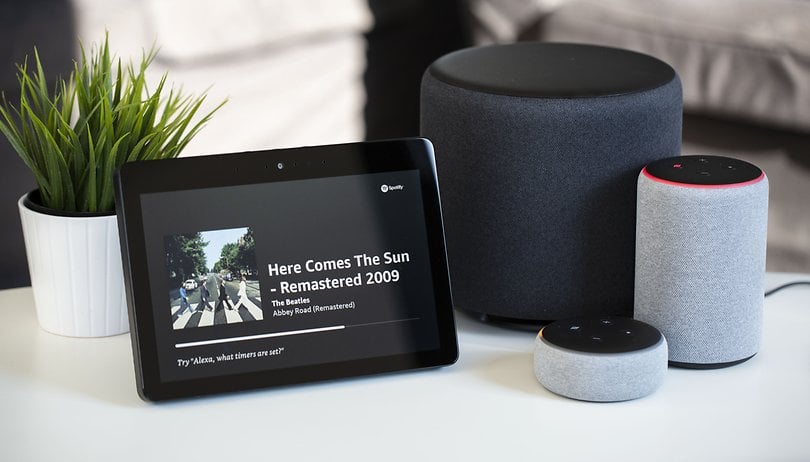

Google, Amazon and Facebook are now struggling daily to conquer your home with their connected home devices, such as smart speakers. But recently, technology giants are equipping them with a screen, transforming them into so-called smart displays. Is it really worth the added expense?
About ten years ago, the boom in digital frames made them one of the technological gadgets to have or gift. They are able to show off all the photos you want in rotation instead of just one, as is the case with a good old regular frame. Of course, all it took to retire them was smartphones, considering they give you the opportunity to have a screen large enough to enjoy the same photos (and even more) in your pocket, at any time.
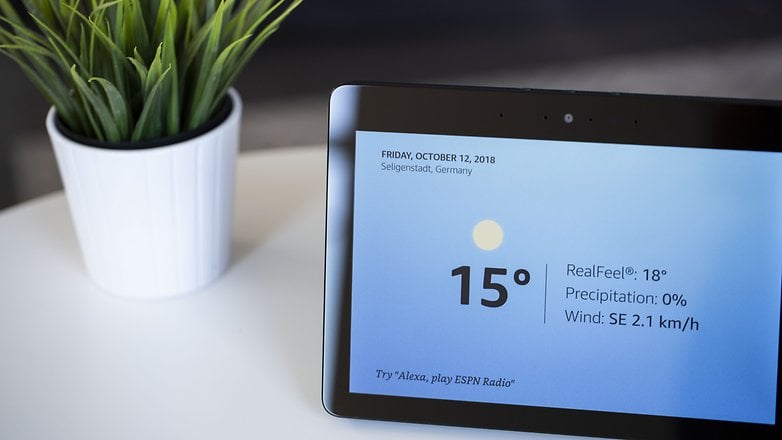
Wasn't a microphone and our voice enough?
Nowadays we live in the era of omnipresent voice assistants, with Siri, Alexa and Google Assistant waiting only for a word from you to answer (even if sometimes they speak even without being asked). Thanks to these modern systems you no longer even need to take your phone out of your pocket to search for something on Google or to turn off the lights in the house.
In this regard, I have recently been able to test a smart display for some time, namely the new Amazon Echo Show. Although I was quite excited to have one at first, after a few minutes I was already asking myself "but if I'm used to doing everything using my voice, why would I need a touchscreen display? Isn't that a step backwards?"
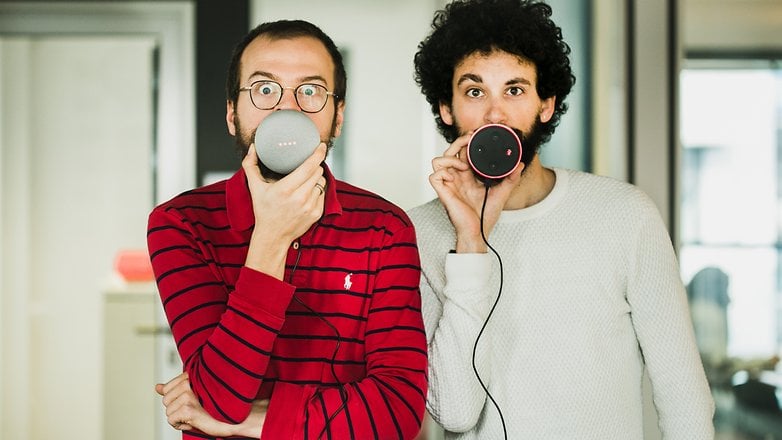
In fact, the main advantage of a smart speaker is that you don't need to see it physically. You can hide your Google Home or Amazon Echo in one of the corners of your room and still be able to use it at any time. All you need is your voice, you don't have to look at it or touch it. Then why insert a display in these devices? This is the challenge faced mainly by two devices: the Amazon Echo Show and the Google Home Hub, not to mention the Facebook Portal.
What does the display really add?
Google and Amazon's smart displays are basically tablets with a very robust stand that includes powerful speakers. Of course, these devices also integrate a voice assistant to answer all your questions. So, from this point of view, they behave in the same way as a classic smart speaker, with the only difference that they are also able to show you the answer.
So, every piece of information is dictated, but it is also displayed. For example: if I ask my Echo Show "Alexa, what will the weather be like tomorrow?", she will respond not only verbally, but could show the weather information on the display. In addition, devices like the Facebook Portal and the Amazon Echo Show itself allow you to use their screen and front camera to make video calls. Google, on the other hand, has chosen to give up on this feature in its Home Hub.
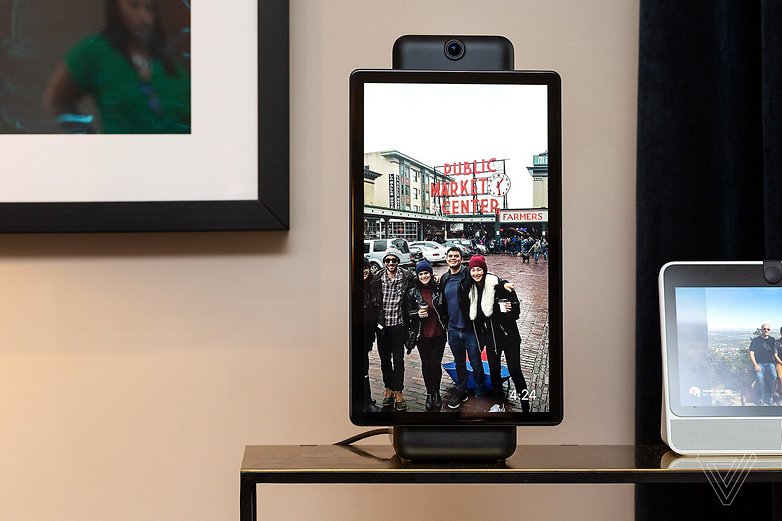
Even Facebook Portal has a camera that can follow you... literally! In fact, if you move in the middle of a conversation, the Portal camera will always move in your direction. That way, no matter where you place the device in the house, it will always find you. You just have to think twice about getting comfortable wherever you want.
Having a camera in your living room is a rather complicated subject lately, mainly because of the concern many users have regarding their privacy. Technology giants don't have a great track record when it comes to security breaches, not to mention data requests from government agencies. Fortunately, all manufacturers make it possible to turn off both the microphone and the camera of their devices, although, in this way they will stop being "smart" and their functions will be limited to those of a simple Bluetooth speaker.
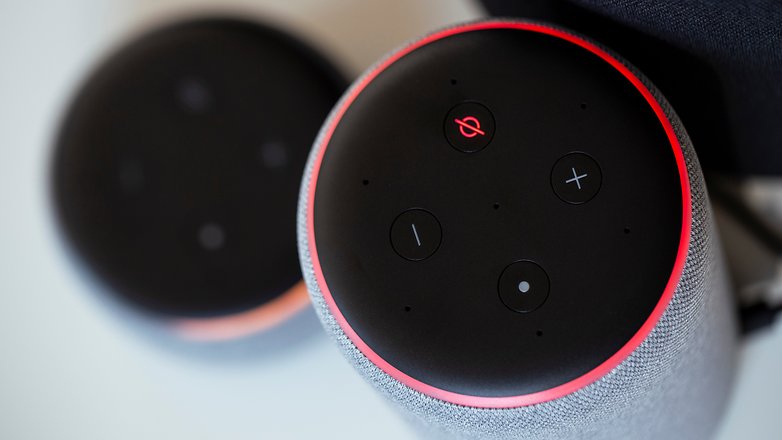
Getting back to the display - it is not only useful for video calls, but is particularly effective in some areas of the house such as the kitchen. You can ask Google Assistant for a recipe and your Google Home Hub will be able to show you step-by-step instructions on the large display. Also in the culinary field, the display also gives you the opportunity to enjoy multimedia content, such as a video on YouTube or a TV series on Amazon Prime Video, while you are preparing your carbonara.
To buy or not to buy?
In my opinion, no. It is not an indispensable device - it is suitable only for a few uses and environments of the house (provided you really need it), not to mention the fact that its functions are virtually the same as a normal smart speaker. Basically, it's like having a bigger, heavier tablet with more powerful speakers. With that in mind, the purchase of a much more expensive smart display is not justified, in my opinion. It is probably still too early to understand what the real utility of these devices is and like everything else, it may take some time.
Have you purchased a smart display? Were you satisfied? Let us know in the comments.


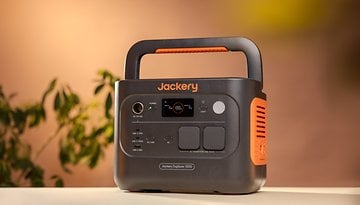

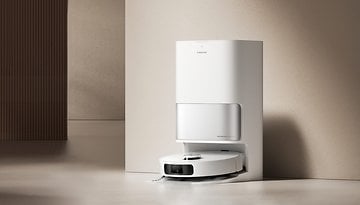








i generally prefer to read info than listen to it. iys faster, easier to reference. Especially where my hearing is beginning to fail now.
??? Storm Sir how old are you?
Long live storm (?).